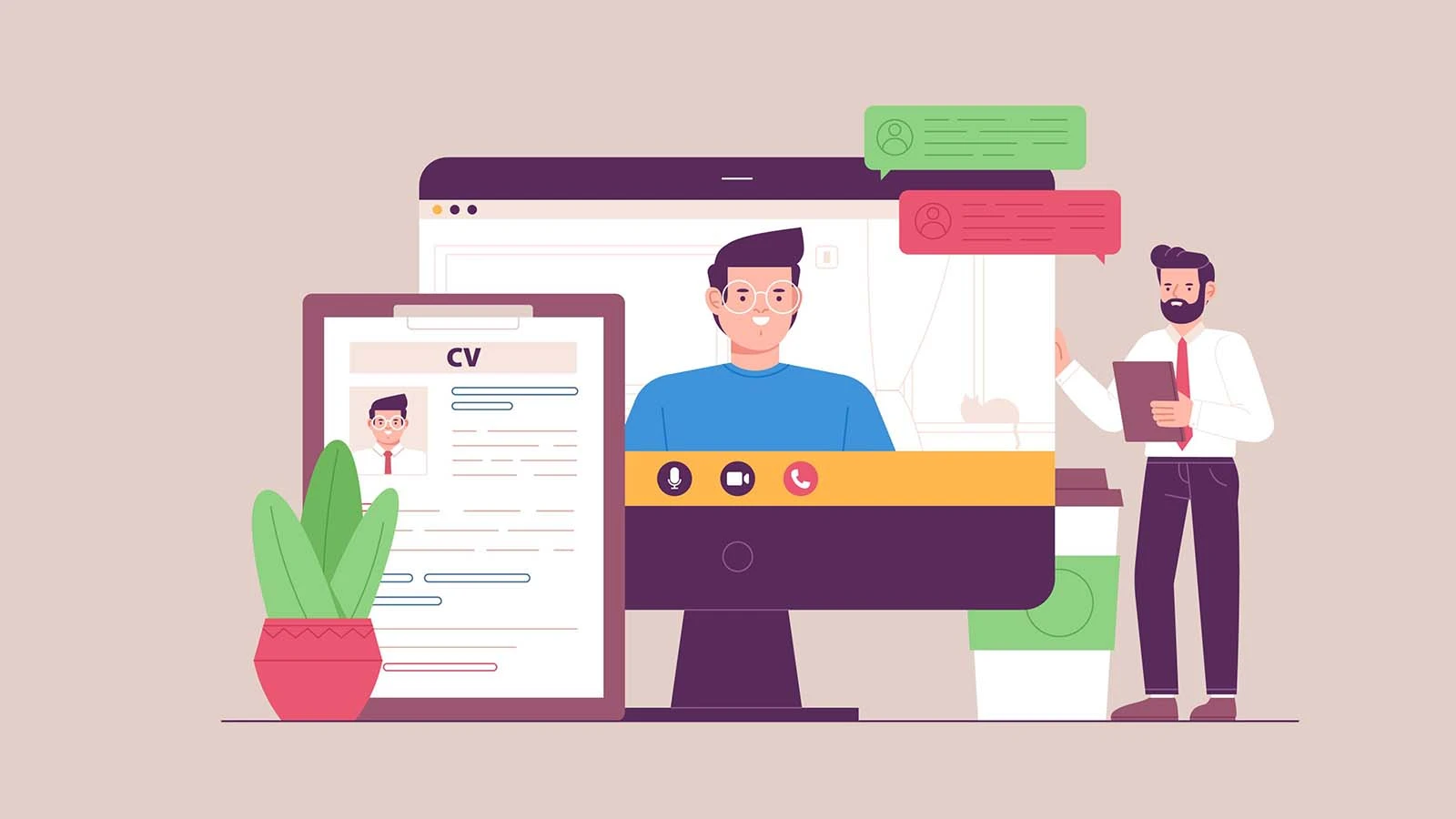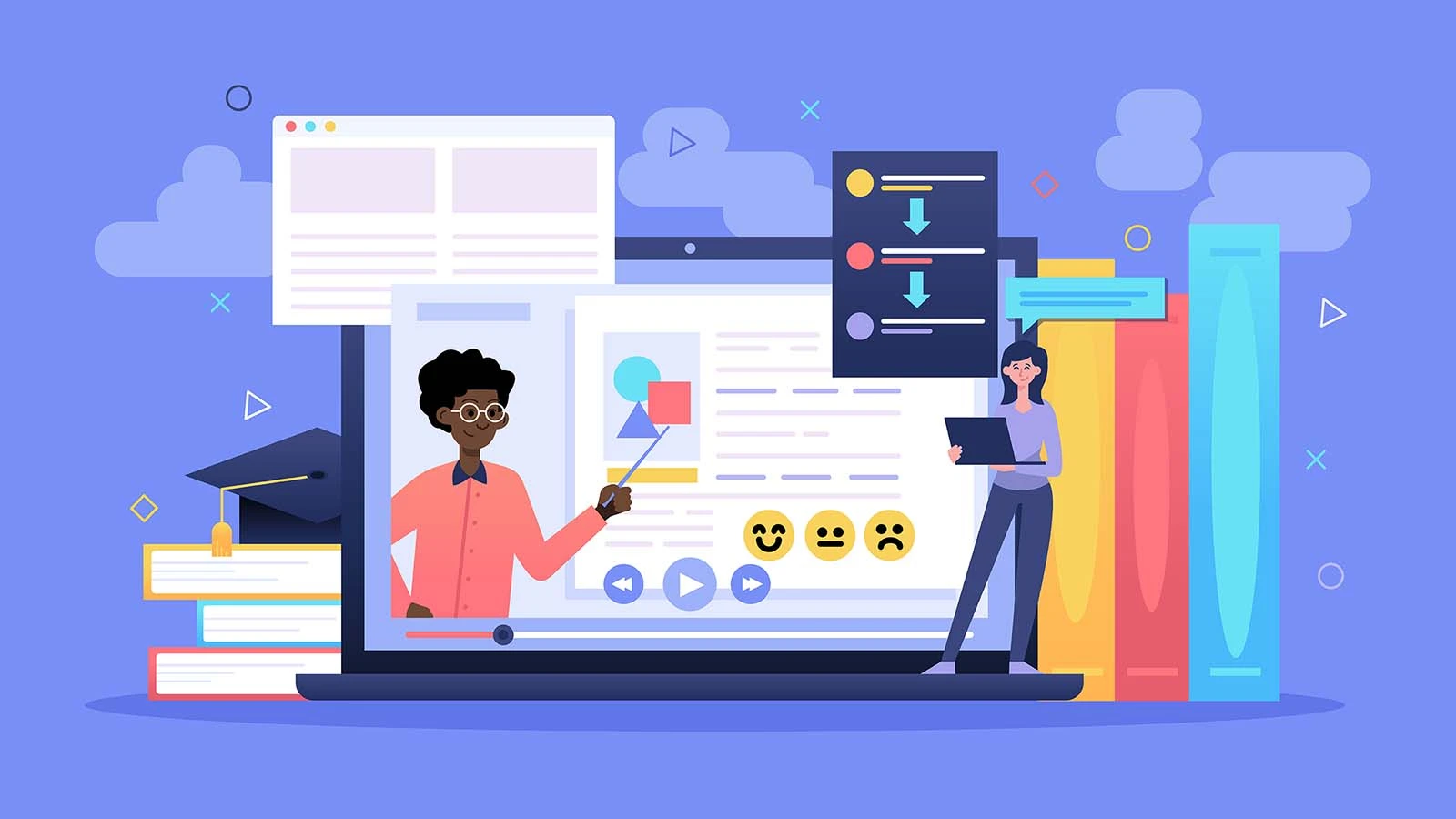The Present and Future of Instructional Design
SK Bugnait
23 Aug, 2023

Explore Instructional Design: Its essentials, evolving challenges, and what lies ahead.
Discover how to design learning that engages and resonates URL
#InstructionalDesign #CorporateTraining #LearningAndDevelopment #EmployeeTraining
If you're intrigued by potential career trajectories, designing a training syllabus, or captivated by the notion of instructional design, this article is your guide. We aim to demystify the essence of instructional design as it is today and what it might become in the future.
Unpacking Instructional Design (ID)
In its essence, instructional design is the craft of shaping educational experiences, and it is fundamentally different from teaching. Although the two domains share some intersections, instructional design operates at an earlier stage before teaching steps in.
The primary goal of instructional design revolves around presenting educational material most effectively. It represents the art and science of engineering impactful and engaging learning experiences – it is rooted in understanding how we learn.
Therefore, the skill of assessing the learners' dispositions, areas of knowledge gaps, and learning objectives is central to this domain. To attain these objectives, instructional designers play numerous roles and shoulder many responsibilities such as:
- Collaborating with subject matter experts (SMEs) to ascertain and specify the educational necessities of the targeted audience.
- Crafting explicit and effective learning goals and creating captivating content that resonates with these goals.
- Envisioning instructional visuals, multimedia, user interfaces, and the end product.
- Evaluating and incorporating principles, trends, and best practices tied to instructional design and edtech.
- Creating assignments, exercises, and evaluations to optimize learners' potential
- Building supplementary resources and materials, integrating multimedia in diverse formats (audio, video, screencasts, gamification, scenarios, role-playing).
- Implementing diverse evaluation techniques, including quizzes, exams, and surveys, to gauge the effectiveness of the course.
Instructional Design and the Study of Learning Behavior
The space of instructional design intertwines deeply with the study of learning behavior. Instructional design provides conceptual structures to identify the content and the best way to deliver it to a particular audience. Yet, given humans' inherent complexity and diversity, there are no universal solutions for learning. This problem presents an intriguing challenge for instructional design: How can you tailor a course, syllabus, or training program that adeptly accommodates the distinctive learning modalities within a specific group?
To do that, instructional designers tap into the psychological underpinnings of information retention and assimilation. Seasoned ID professionals excel at pinpointing the knowledge and skill sets required by your audience, understanding their existing competencies, and devising the most effective strategy to bridge these knowledge gaps. Once you've gained proficiency in this field, you can adapt and customize these psychological principles to different audiences.
For instance, instructional designers frequently ponder questions such as:
- Would this chunk of text be more engaging if presented as an interactive diagram?
- Are the learners expected to access this course on their mobile devices on the move?
- How can I segment this raw data into bite-sized learning units for more efficient absorption?
In the following sections, we will dive deeper into the instructional design model and provide illustrative examples to answer these queries.
The ADDIE Model: An Instructional Design Framework
Instructional design models and theories essentially translate psychology into practice – they manifest behavioral psychology's abstract and philosophical concepts through their application. Many instructional design models, theories, and strategies are available, but the ADDIE model, an abbreviation for Analysis, Design, Development, Implementation, and Evaluation, is a foundational approach ubiquitously employed.
The ADDIE model presents a comprehensive ID methodology that guides you from the inception to the conclusion of the instructional design process.
- Analysis: This phase involves collaborating with SMEs to ascertain the aim of your course or program and collect data about your learners' environment and demographic details, including their age, gender, primary language, formal education, profession, and cultural background.
- Design: The subsequent phase necessitates designing the overall structure of your course. Crafting precise, implementable learning goals and creating a preliminary sketch of your course, along with the instructional methods, are the primary tasks of this stage. Storyboarding might also be a part of this phase.
- Development: Once the design and planning of the course are complete, the production or development of materials comes next. That includes writing content, procuring graphics and multimedia, producing videos, and constructing evaluations, typically utilizing an industry-standard eLearning authoring tool like Core Competency LMS.
- Implementation: Next, the course is delivered or implemented directly to the Learning Management System (LMS) or the instructor. You should also instruct the educators on the optimal utilization of the materials.
- Evaluation: The final stage involves assessing the effectiveness of the course after its completion by learners. The primary task here is to evaluate whether the training objectives have been achieved and determine potential program improvements.
Other Essential Learning Theories in Instructional Design
Like psychology, the field of ID hosts various philosophies, and it's necessary to explore and experiment with different methods to identify the most suitable approach for your specific scenario. In this segment, we'll acquaint you with three widely adopted instructional design models:
- Adult Learning Theory
- Bloom's Taxonomy
- Gagné's Nine Events of Instruction
Adult Learning Theory suggests that personal traits, context, and effective application are central to adult learning capabilities. Adult learners, as compared to younger ones, can leverage a vast expanse of past experiences during training and possess superior cognitive abilities. However, with aging, their sensory-motor abilities diminish. Adult Learning Theory incorporates all these aspects while designing effective instructional learning courses or online programs. It primarily emphasizes harnessing learners' past experiences to cultivate a sense of personal control and relevance.
Bloom's Taxonomy provides a structure for formulating learning objectives. As discussed earlier, crafting actionable learning goals is essential. For instance, a well-crafted learning goal is, "Learners will be adept at correctly making cold calls," instead of "Learners will know cold calling tips and techniques." However, understanding different cognitive learning levels is vital to designing a course based on specific learning objectives. Starting from the most fundamental processes, Bloom's Taxonomy stipulates that learners need to remember, comprehend, apply, analyze, evaluate, and create for effective learning.
Gagné's Nine Events of Instruction concentrate on information processing when adults encounter instructional stimuli. In addition, it underscores learning objectives and how to design a training program that effectively aligns with those objectives. The nine events include:
- 1. Gain attention
- 2. Provide learning objectives
- 3. Stimulate recall of prior knowledge
- 4. Present the material
- 5. Guide learning
- 6. Elicit performance
- 7. Provide feedback
- 8. Assess performance
- 9. Enhance retention and transfer
Obstacles that Instructional Designers Encounter
Despite instructional design being a well-grounded discipline, the learning and development sphere continually experiences swift changes. In this segment, we will explore these hurdles and suggest possible solutions.
#1 Juggling diverse roles
The role of an instructional designer can be multifaceted, often stretching them thin across numerous tasks. Consider the ADDIE model, for instance. First, the analysis stage demands thorough research to discern learners' knowledge deficiencies. Next, the design phase requires a sound understanding of learning theories to decide your course's layout and delivery method.
Finally, the development stage calls for extensive research, writing, adeptness with eLearning authoring tools, and project management capabilities to ensure your projects are completed on time. Additionally, during course development, you may need graphic design, video production, and even coding skills.
#2 Swiftly transforming industry trends
As noted earlier, eLearning and instructional design are among the most rapidly advancing sectors globally. New educational technologies are inundating the market at an unprecedented pace. Therefore, instructional designers must commit to perpetual learning to stay abreast of these emerging technologies. Keeping pace with these changes has never been more daunting.
#3 Crafting learner-centric experiences
Instructional design principles advocate for a learner-centric approach to optimize students' learning potential. The instructional delivery method should center around the learner's learning style, prior knowledge, and personal experiences. Hence, the challenge lies in the need for a universal solution for instruction delivery. How can one effectively create courses that accommodate the diverse differences and experiences of all learners?
The Future of Instructional Design (ID)
The progress of instructional design has been substantial, incorporating insights from associated yet distinct fields such as neuroscience, cybernetics, learning science, and experience design. Initially, the instructional design aimed primarily to construct compelling learning experiences. However, having accomplished that, the focus has now pivoted towards crafting engaging learning experiences.
Here are some future trajectories for instructional design:
Role distribution
As mentioned earlier, instructional designers often take on numerous roles simultaneously, which can compromise the quality of each "role." In addition, as everyone has unique strengths and weaknesses, it's challenging to excel in all areas.
Constructing immersive experiences
This concept emphasizes enhancing the "experience" component of learning experiences. For example, suppose an e-commerce firm wishes to train its customer service personnel on managing disgruntled or late-delivery customers. Rather than requiring trainees to memorize a script, they could create role-play scenarios or dialog simulations where individuals must respond optimally.
A renewed perspective on microlearning
Microlearning is a course delivery technique that allows learners to process information in small, manageable units. It consists of a course structure where you focus intensively on a specific skill through a concise yet targeted lesson, typically lasting around 3 to 6 minutes. These brief information segments maintain learner engagement as the lessons are focused, highly applicable, and thus effortlessly retain attention.
In Conclusion
The realm of instructional design involves the creation of effective and engaging learning experiences. It is a systematic approach to in-person learning or online course development. Additionally, it is derived from many respected theories and frameworks, such as the ADDIE model, Bloom's Taxonomy, or Gagné's Nine Events of Instruction.
Though instructional design is an established discipline, it is in a perpetual state of growth. It encounters numerous challenges, including, but not limited to, the designer juggling various roles, crafting learner-centric experiences, and keeping up with evolving technologies. Regardless, the field continually strives for improvement. Instead of solely focusing on creating effective eLearning courses, numerous adjustments and innovations are being undertaken to make learning more engaging and effective.
Assessment of Behavioural Core Competencies
For example, students struggling with a particular concept could be provided with additional resources or assigned to a different module via the e-learning and learning management system.
Read Blog




